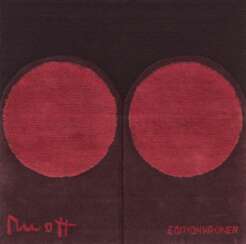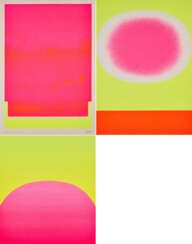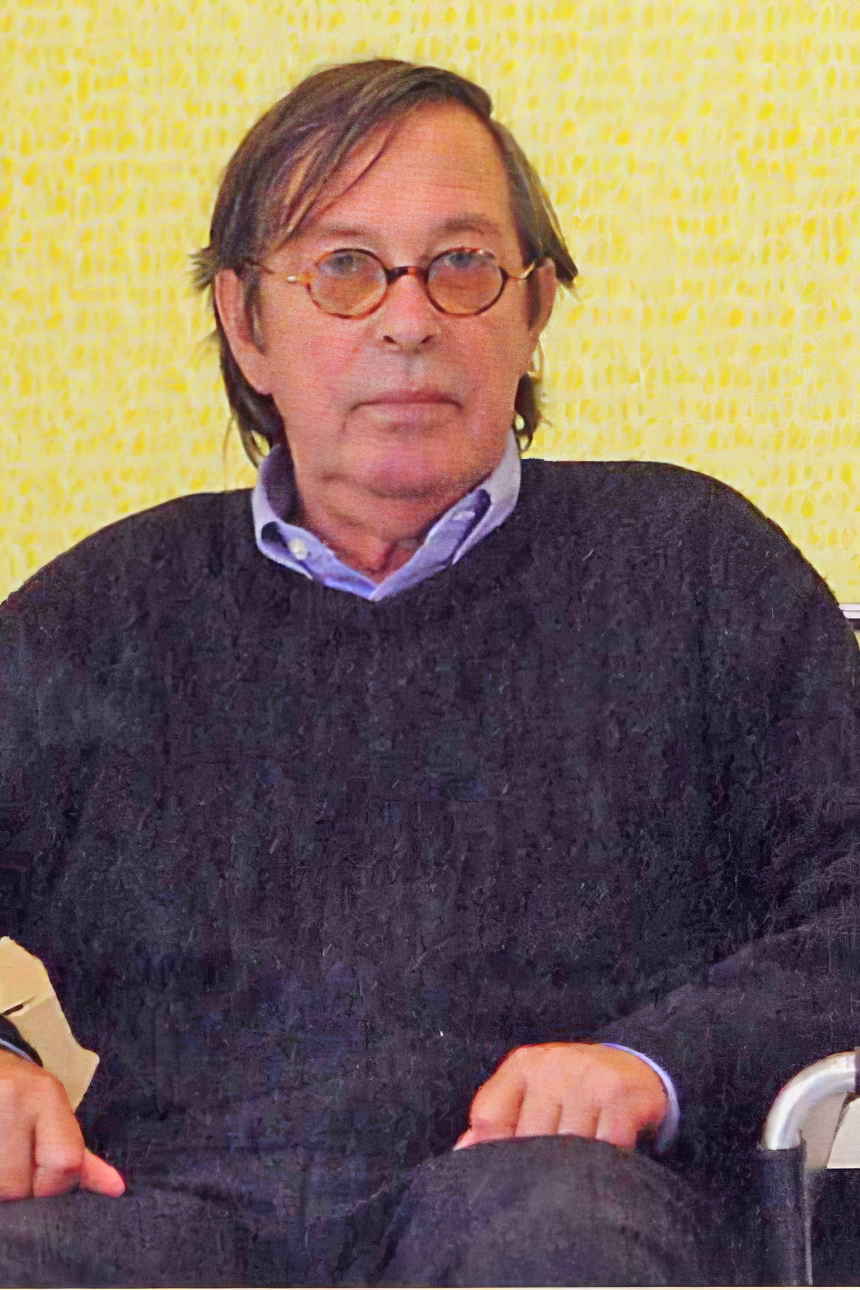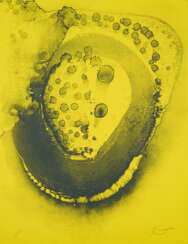
Ways of Seeing Abstraction

Seo Soo-Kyoung, known by the artist name SEO, is a South Korean contemporary artist who lives and works in Berlin, Germany. Her artist name comes from her family name Seo written in capital letters.

Seo Soo-Kyoung, known by the artist name SEO, is a South Korean contemporary artist who lives and works in Berlin, Germany. Her artist name comes from her family name Seo written in capital letters.

Seo Soo-Kyoung, known by the artist name SEO, is a South Korean contemporary artist who lives and works in Berlin, Germany. Her artist name comes from her family name Seo written in capital letters.

Seo Soo-Kyoung, known by the artist name SEO, is a South Korean contemporary artist who lives and works in Berlin, Germany. Her artist name comes from her family name Seo written in capital letters.
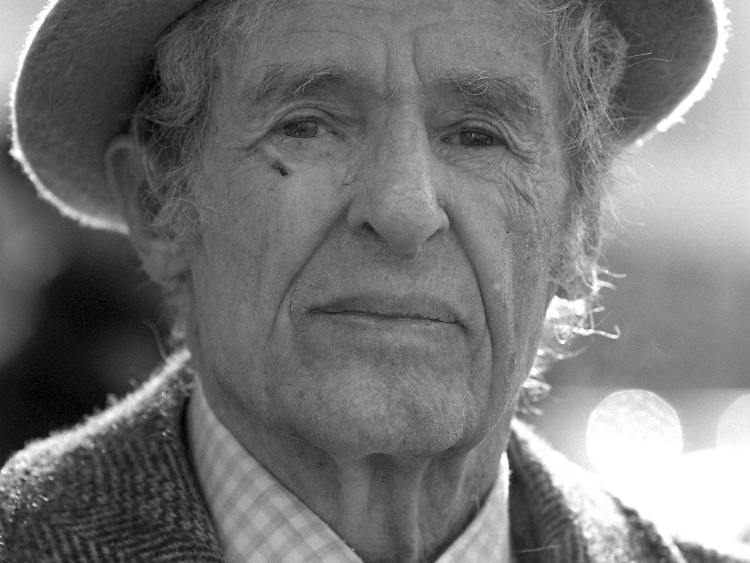
Rupprecht Geiger was a German abstract painter and sculptor. Throughout his career, he favored monochromicity and color-field paintings. For a time, he concentrated solely on the color red.

Rupprecht Geiger was a German abstract painter and sculptor. Throughout his career, he favored monochromicity and color-field paintings. For a time, he concentrated solely on the color red.

Rupprecht Geiger was a German abstract painter and sculptor. Throughout his career, he favored monochromicity and color-field paintings. For a time, he concentrated solely on the color red.

Marcia Jean Hafif was an American artist known for her contributions to the Minimalist and Conceptual art movements. She began her artistic career in the 1950s, exploring various mediums and styles before finding her distinctive voice.
Hafif's work often focused on the exploration of color, light, and the essence of materials. She was particularly interested in the interplay between perception, process, and the physicality of paint. In the 1970s, Hafif embarked on her groundbreaking series titled "The Inventory," where she meticulously painted a series of monochromatic works, each dedicated to exploring a specific color. These paintings emphasized the qualities and variations of a single hue, challenging traditional notions of representation and expanding the possibilities of color as a subject matter.
Later in her career, Hafif extended her exploration of color to include a broader range of media, such as photography, film, sound, text, installation, and printmaking. She continued to push boundaries and experiment with different materials and processes, always striving to deepen her understanding of color's impact on perception and experience.
.jpg)
Josef Albers was a German-born artist and educator. The first living artist to be given a solo shows at MoMA and at the Metropolitan Museum of Art in New York, he taught at the Bauhaus and Black Mountain College, headed Yale University's department of design, and is considered one of the most influential teachers of the visual arts in the twentieth century.
As an artist, Albers worked in several disciplines, including photography, typography, murals and printmaking. He is best known for his work as an abstract painter and a theorist. His book Interaction of Color was published in 1963.
.jpg)
Josef Albers was a German-born artist and educator. The first living artist to be given a solo shows at MoMA and at the Metropolitan Museum of Art in New York, he taught at the Bauhaus and Black Mountain College, headed Yale University's department of design, and is considered one of the most influential teachers of the visual arts in the twentieth century.
As an artist, Albers worked in several disciplines, including photography, typography, murals and printmaking. He is best known for his work as an abstract painter and a theorist. His book Interaction of Color was published in 1963.
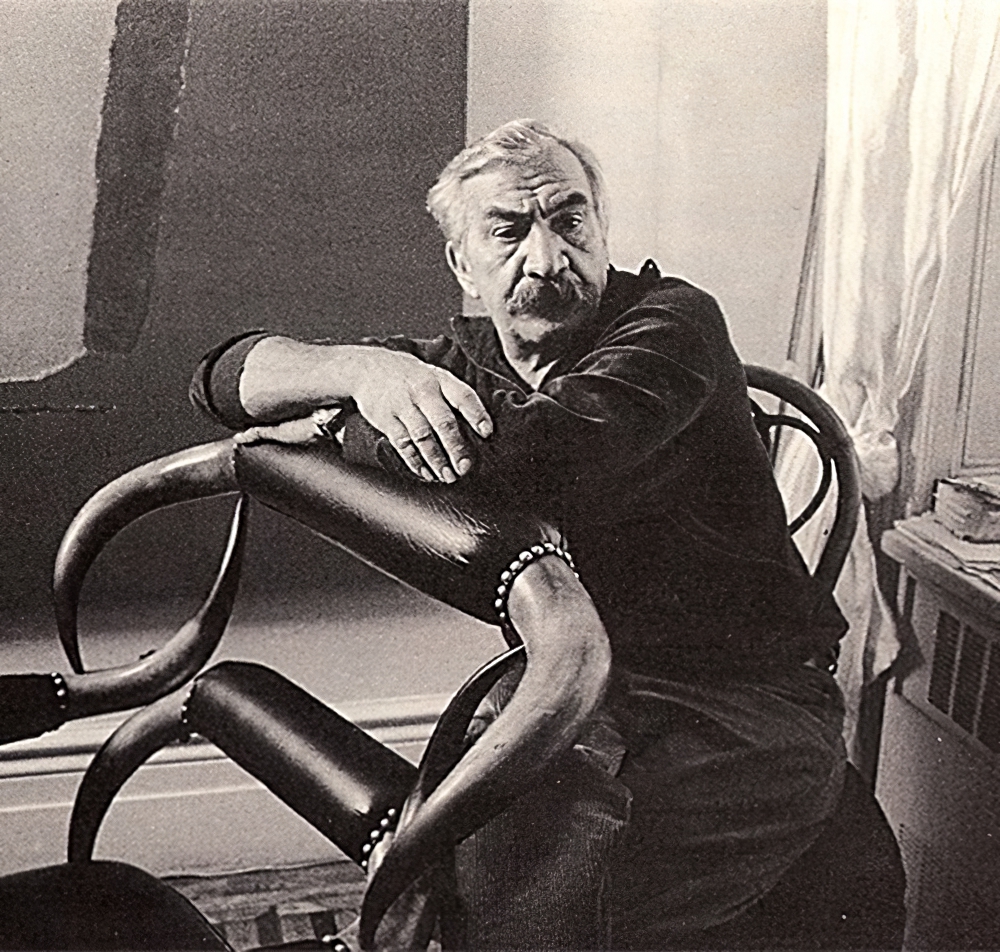
Theodoros Stamos was a Greek-American painter. He is one of the youngest painters of the original group of abstract expressionist painters (the so-called "Irascibles"), which included Jackson Pollock, Willem de Kooning and Mark Rothko. His later years were negatively affected by his involvement with the Rothko case.

Aurélie Nemours is a French abstractionist painter.
Aurélie Nemours created abstract geometric paintings, developing her own style based on pure colors and geometric shapes taken from the square, but without dogmatism or systematism. Her compositions are strictly arranged on a plane based on the intersection of horizontal and vertical. This painstaking work culminates in a meditative asceticism confined to squares and rectangles, black or gray, space and matter.
Sean Scully is an Irish-born American-based artist working as a painter, printmaker, sculptor and photographer. His work is held in museum collections worldwide and he has twice been named a Turner Prize nominee. Moving from London to New York in 1975, Scully helped lead the transition from Minimalism to Emotional abstraction in painting, abandoning the reduced vocabulary of Minimalism in favor of a return to metaphor and spirituality in art.

Gotthard Graubner was a German abstract painter associated with the post-war Zero and Informel movements. Graubner's work is known for its focus on color and its relationship to space and perception.
Graubner studied at the Kunstakademie Düsseldorf under the painter Georg Meistermann. In the 1950s, he became associated with the Zero group, a movement of artists who sought to create a new art form that was free of traditional artistic conventions and focused on the use of unconventional materials.
In the 1960s, Graubner began creating his signature "color-space bodies," large canvases that were mounted away from the wall and filled with thick layers of pigment. These works were designed to be experienced as three-dimensional objects that were both paintings and sculptures, and they often created a sense of depth and spatial ambiguity.
Graubner's work was exhibited widely in Europe and the United States, and he was the recipient of numerous awards and honors throughout his career. He also taught at several art schools, including the Kunstakademie Düsseldorf and the Städelschule in Frankfurt.
Graubner's innovative approach to painting and his exploration of the relationship between color, space, and perception continue to be an important influence on contemporary art.

Ulrich Erben is a German painter. From 1980 to 2005, he was a Professor of Painting at the Kunstakademie Münster (University of Fine Arts Münster). He is known as a master of the color field style of abstract painting, closely related to abstract expressionism, in which he creates tension between a defined surface structure, his own method of applying paint to a canvas, and the relationship of various shades of white or color to each other in their placement as part of a composition on the flat plane of a canvas. In 1986 and 2008, he was awarded the Konrad-von-Soest Prize for Visual Arts by the Landschaftsverband Westfalen-Lippe (Landscape Society Westphalia-Lippe).








